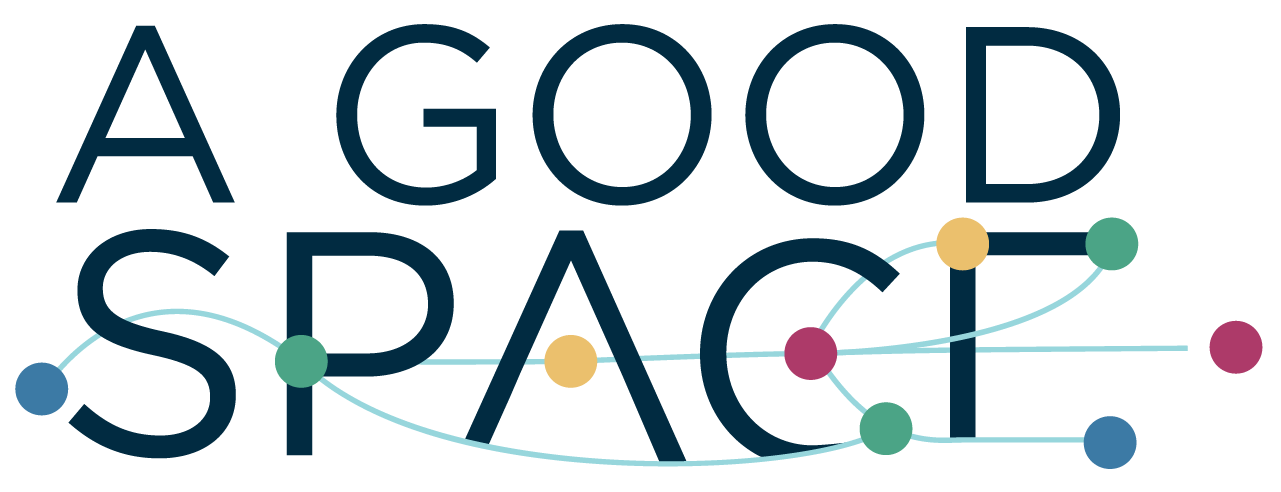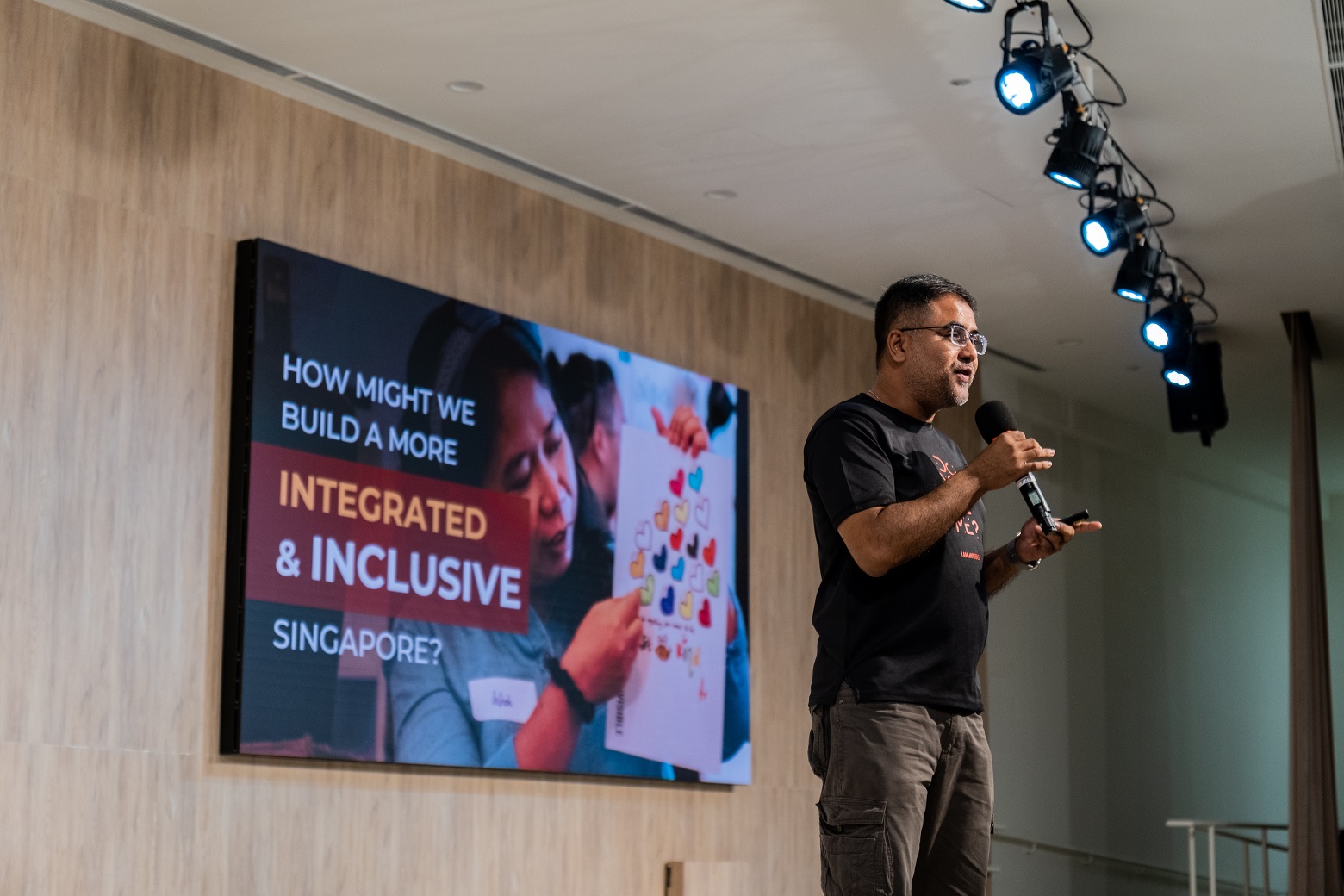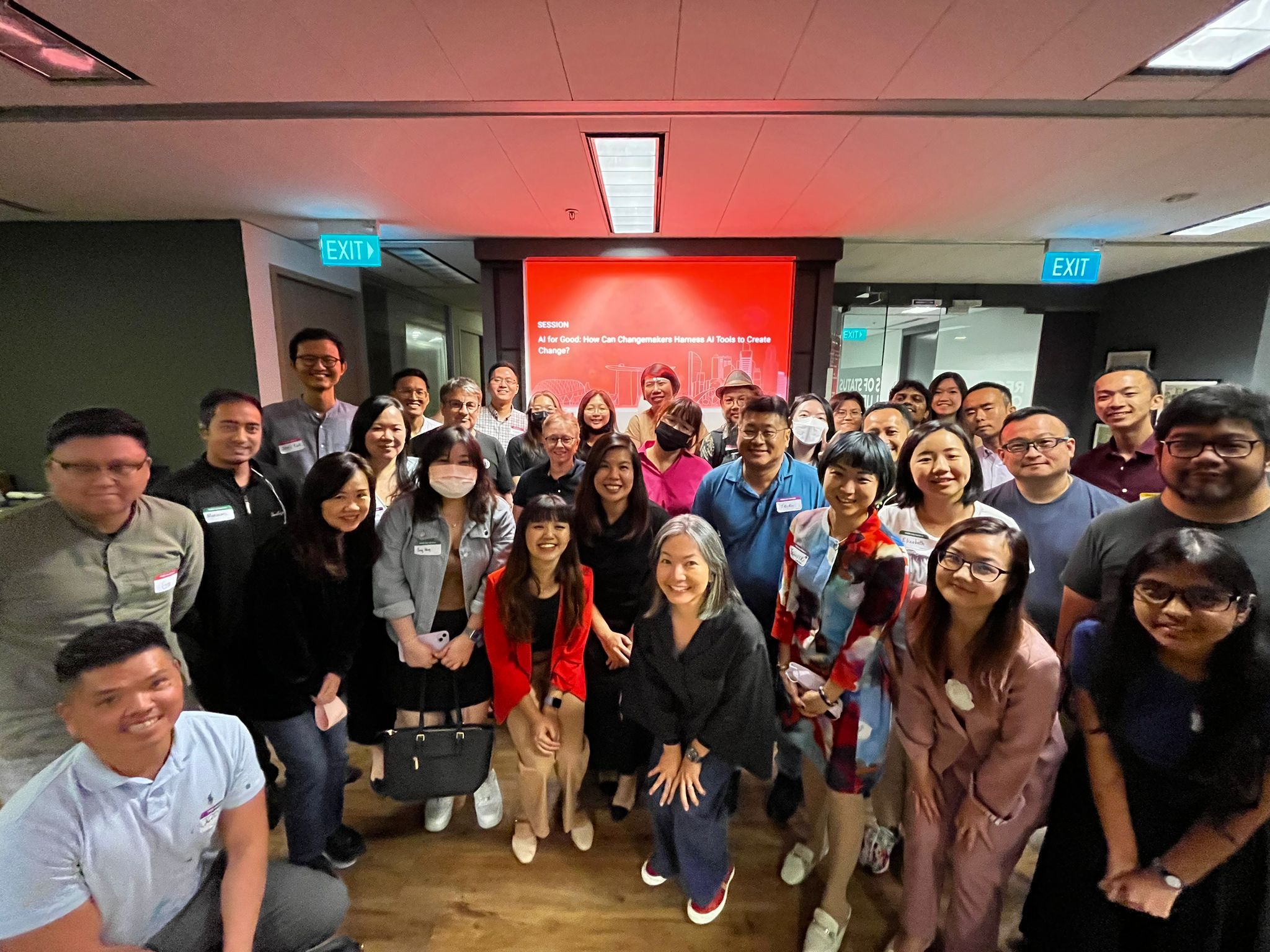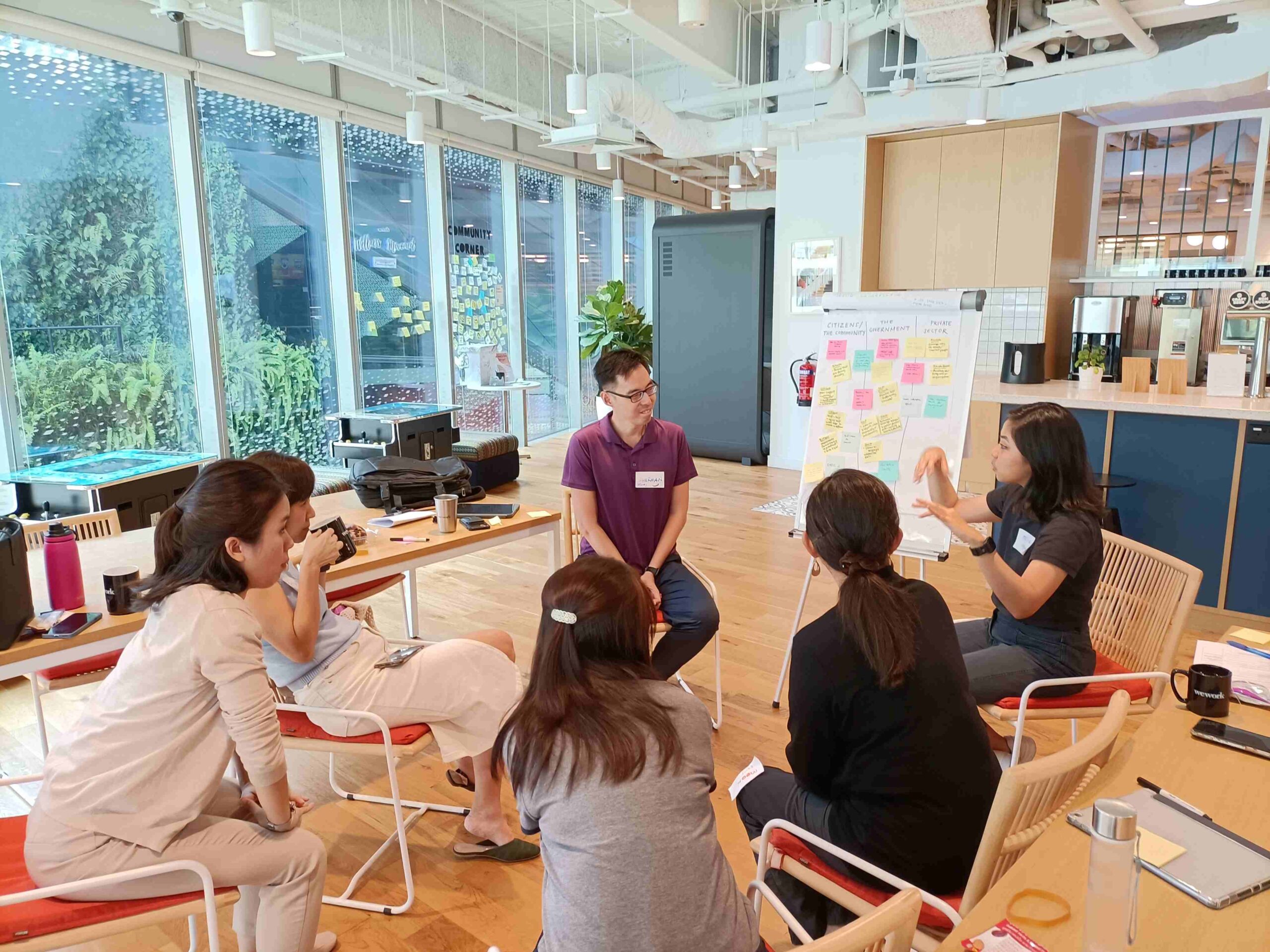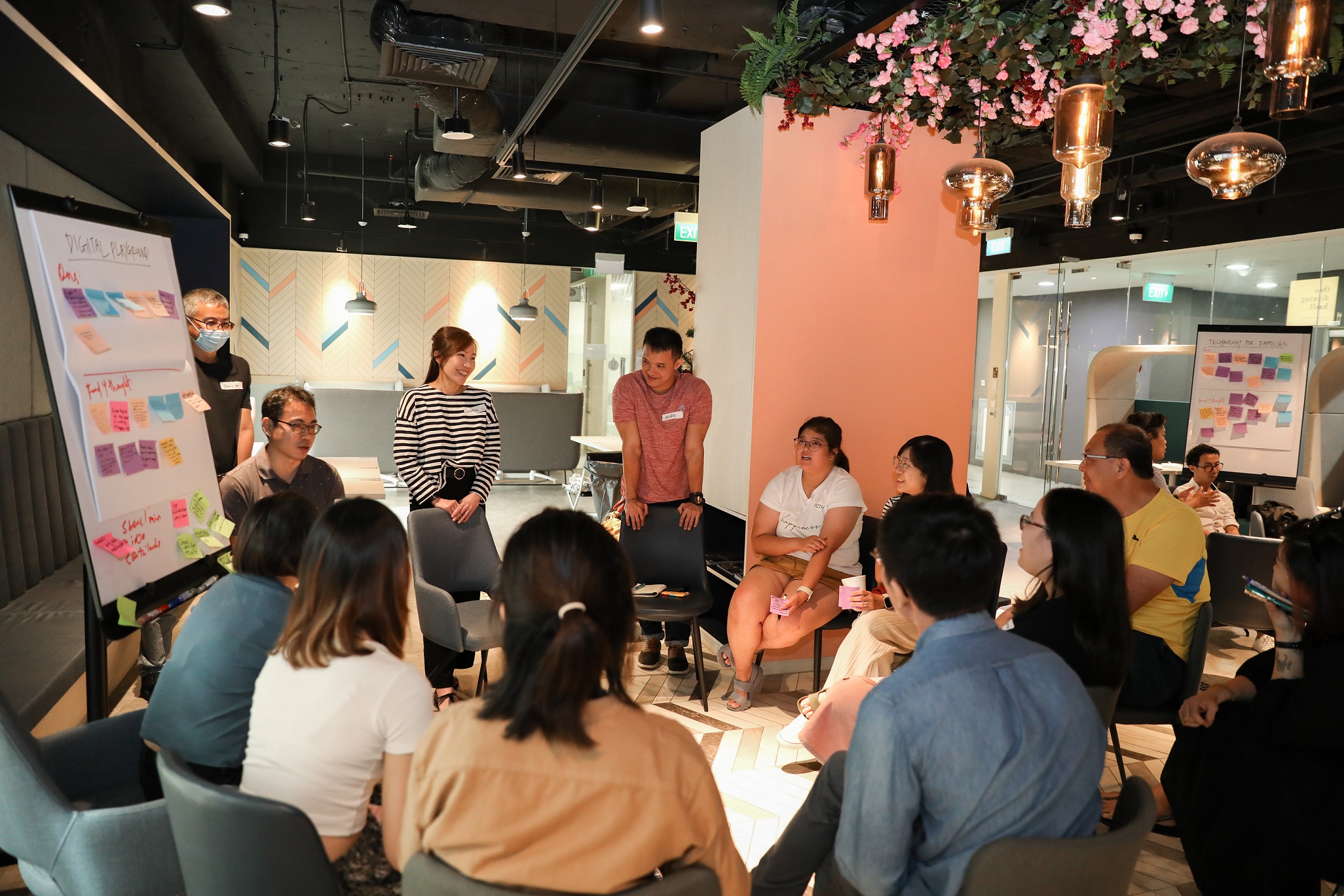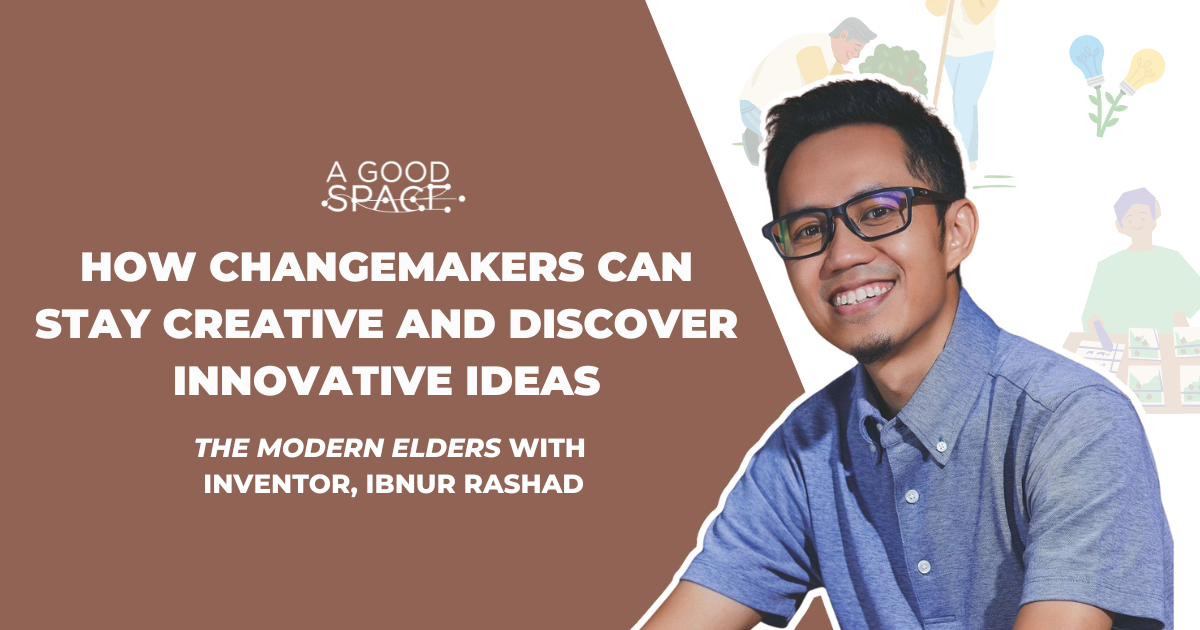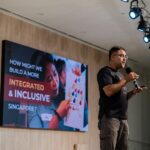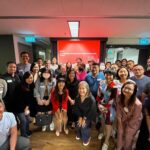The COVID-19 pandemic highlighted the widening digital divide between those of a higher socio-economic status and those of a lower socio-economic status. When we were all forced by the pandemic to go online to learn, work and stay connected, many were cut-off from such access due to the lack of Internet connectivity, devices or digital literacy, especially those from low-income communities.
In the last two years, there have been various efforts to help to bridge this ‘digital divide’ but these issues will persist even after the pandemic, how can we do more?
On 16th July, we organized a Listening Circle at Toa Payoh West Community Centre, the first of five workshops in our Listening Living Labs for Digital Inclusion. This was the first step in our attempt to convene a collective of multi-sector stakeholders to listen to each other’s perspectives and unpack the key issues for Digital Inclusion.
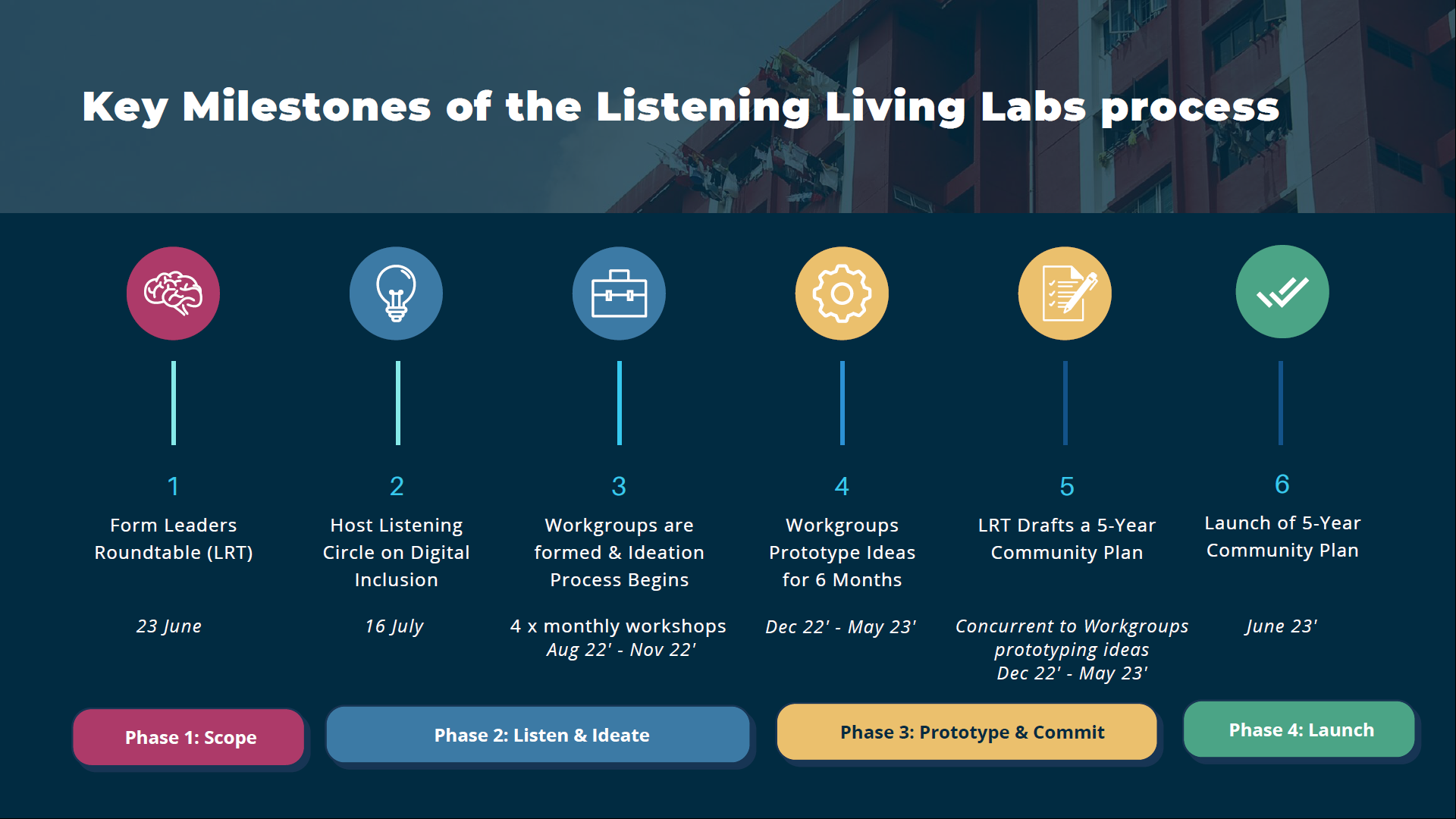
In subsequent workshops, we will gather the collective again to generate ideas and work together to create impactful, longer-term solutions around the challenge statement:
“What can we as a collective do to improve digital inclusion for rental communities in Singapore?”
In total, we had 43 people who registered, representing 30 organizations and projects. We were very heartened and grateful for this diversity of people because the issues truly warrant a multi-sector approach towards solving them.
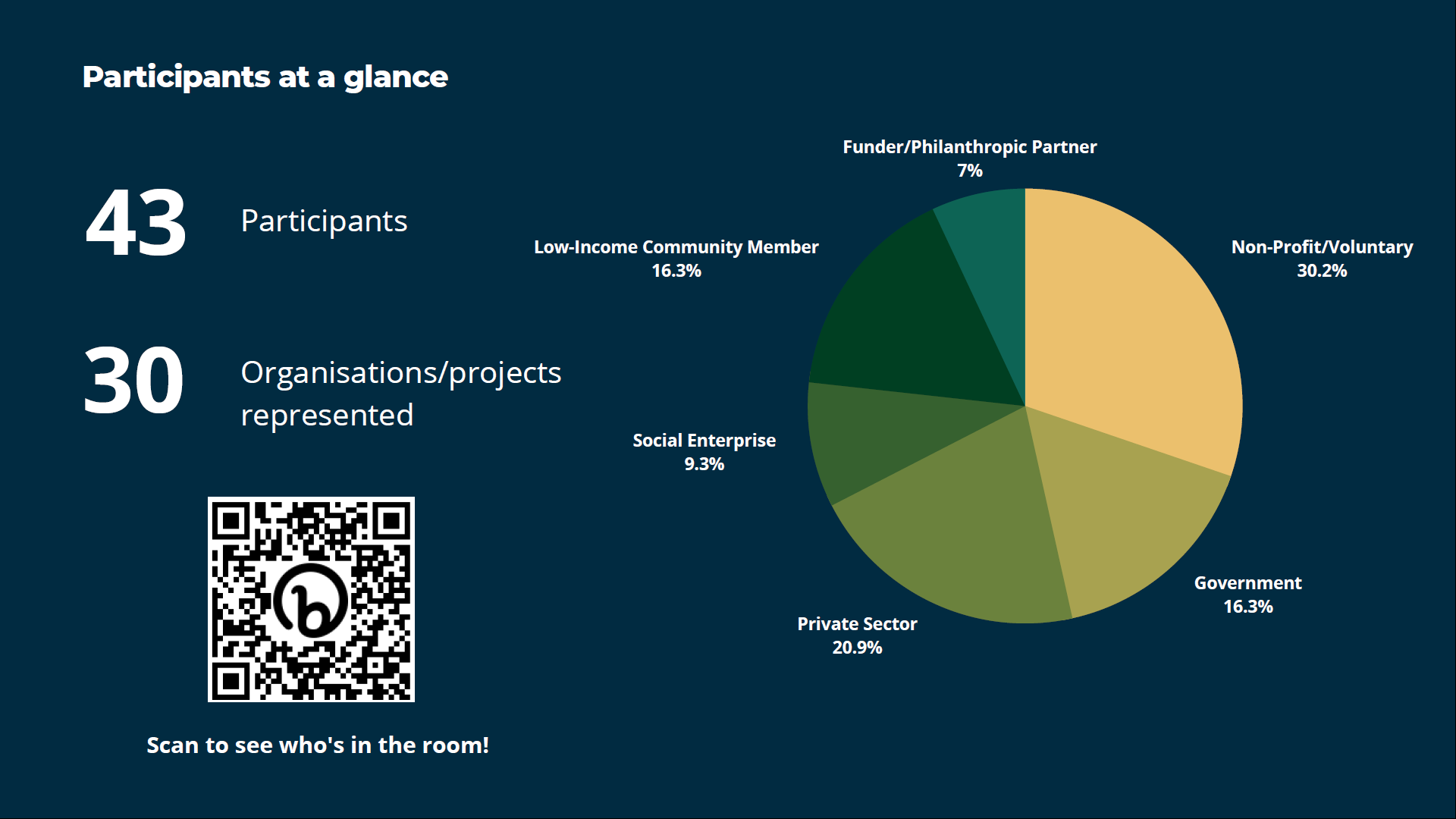
Here’s what happened when this diverse group of people came together, united by a care to improve digital inclusion for rental communities in Singapore.
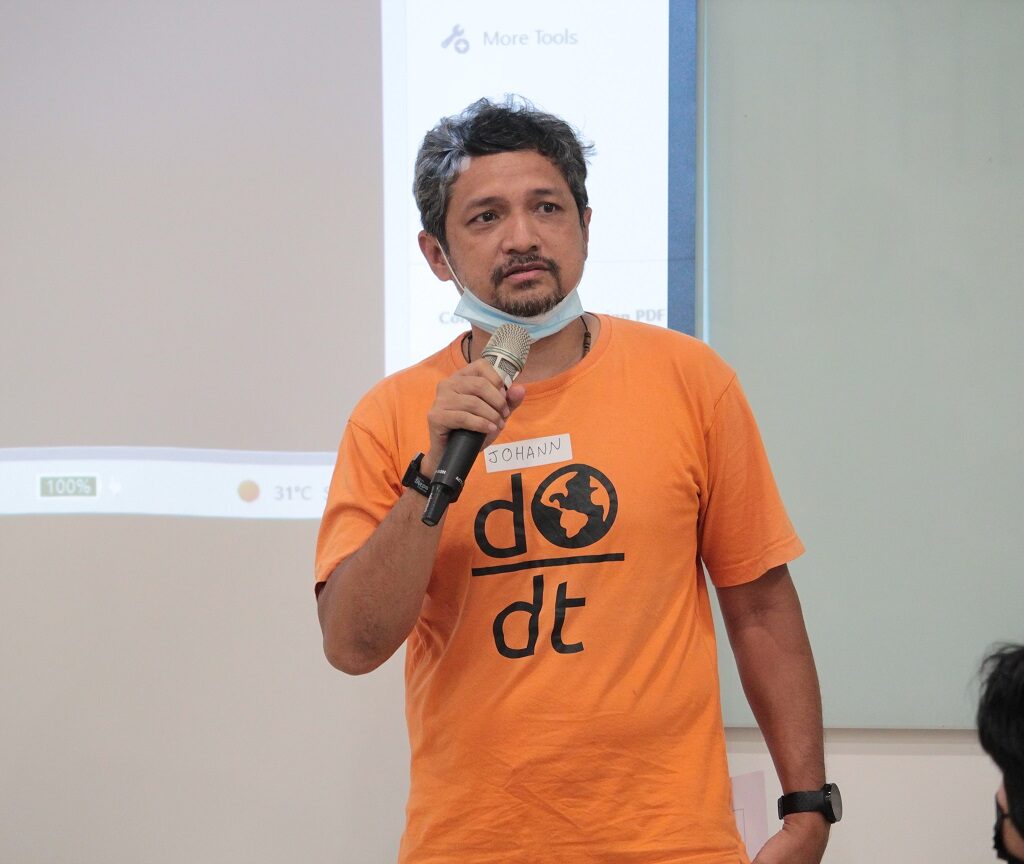
Setting the context
After reading various research reports and speaking to leaders involved in improving digital inclusion, we identified three key issues that might be valuable to dive deeper into. They are mainly: (i) Challenges with physical infrastructure, (ii) Challenges with digital literacy and (iii) Difficulties navigating online spaces safely.
Under the issue of challenges with physical infrastructure, we discovered that some older rental flats lack fibre optic points necessary for Wi-Fi installation and the small size of rental flats make them unlikely to be conducive environments for children or adults to study or work online, even when they may have the necessary devices.
Therefore, we came up with the Opportunity Statement of:
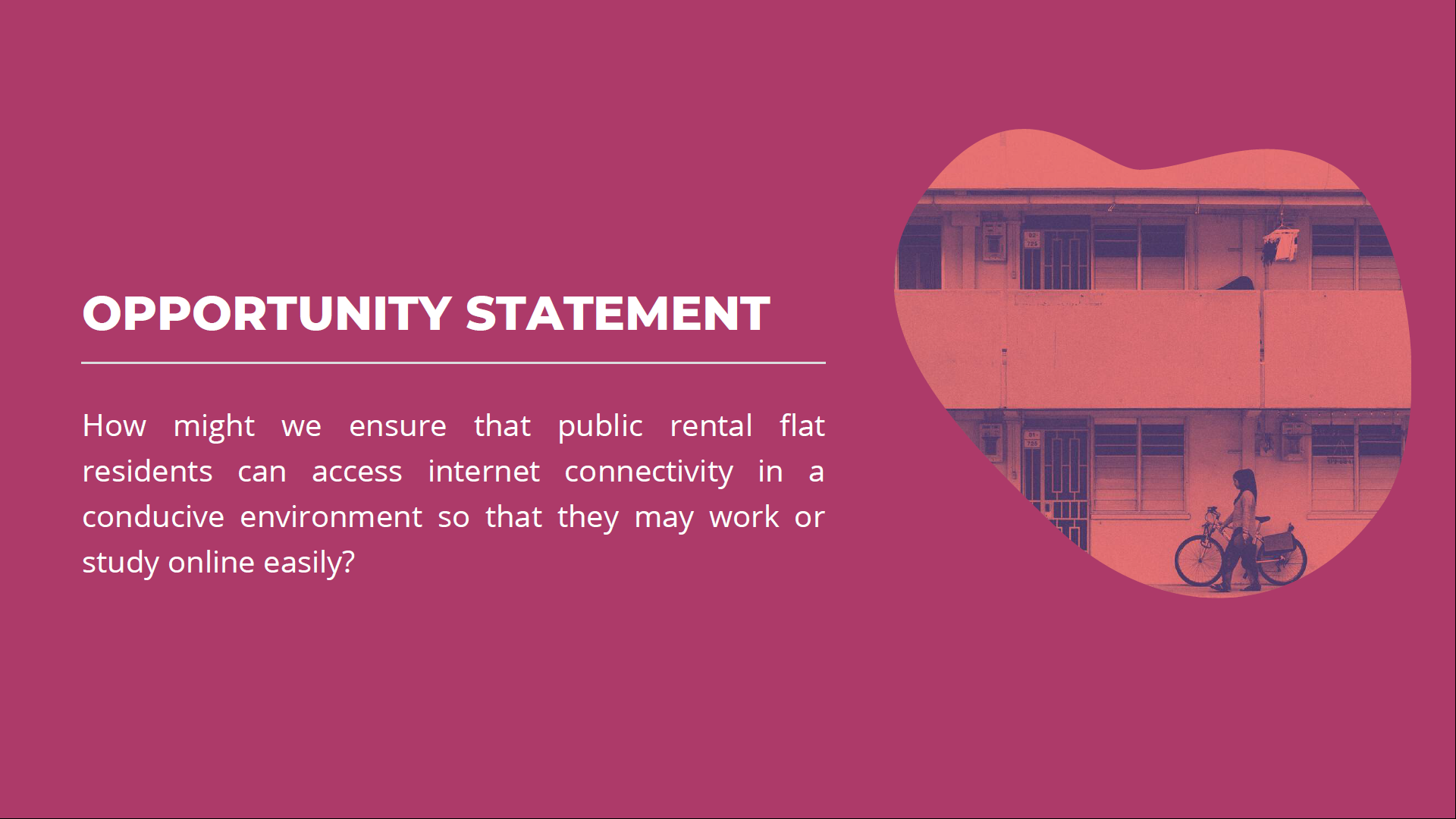
Under the issue of challenges with digital literacy, we discovered that Singapore’s approach to digital literacy emphasizes 3 skills: information literacy, communication and collaboration and online safety. But beyond these skills which focus on digital consumption, could we also look at digital production skills (e.g. digital content creation) that are crucial in securing a career in the digital economy?
Therefore, we came up with the Opportunity Statement of:
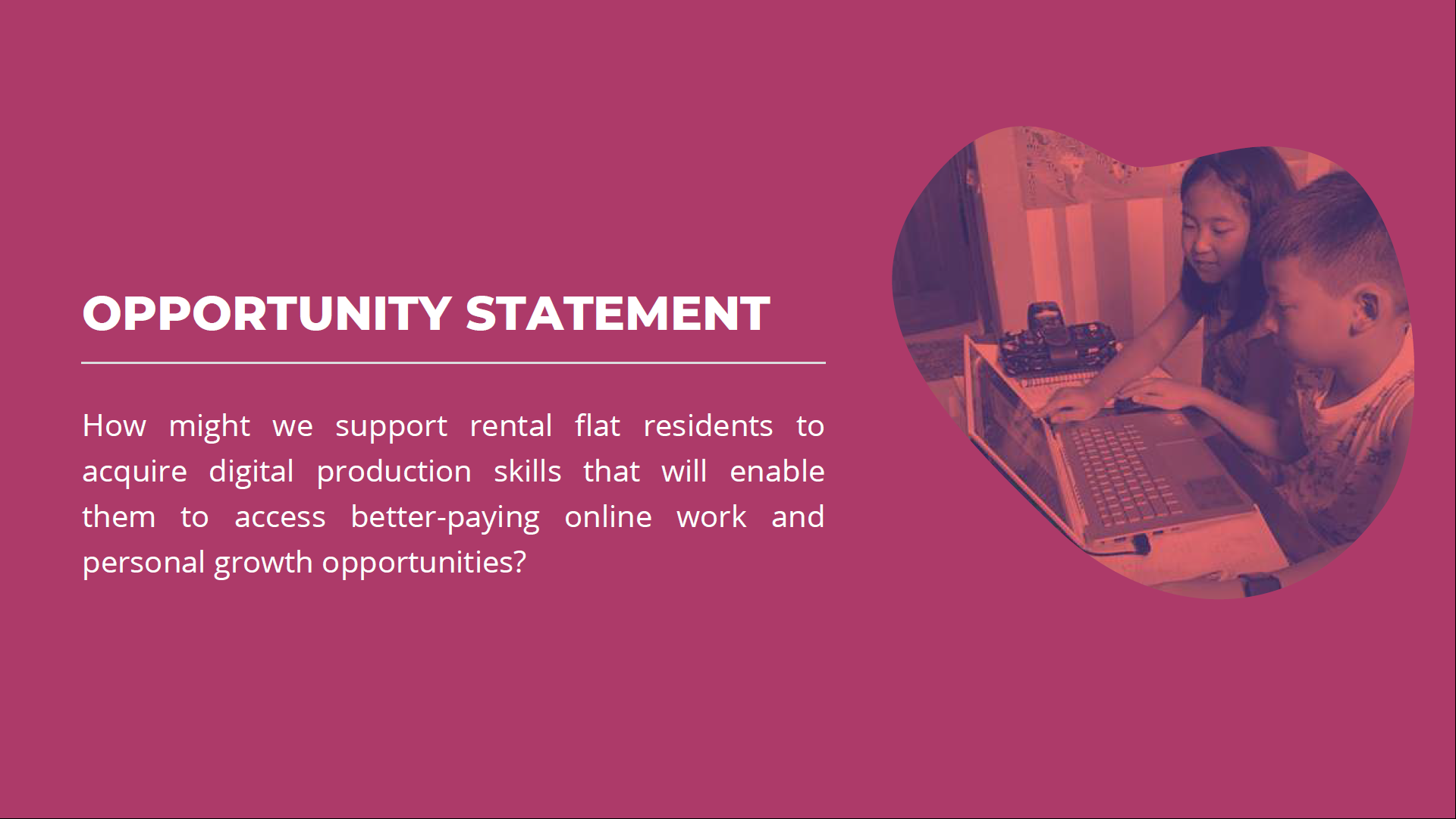
Under the issue of difficulties navigating online spaces safely, we found that those from a lower socio-economic status are at greater risk of becoming victims to online scams, with seniors being more susceptible.
Therefore, we came up with the Opportunity Statement of:
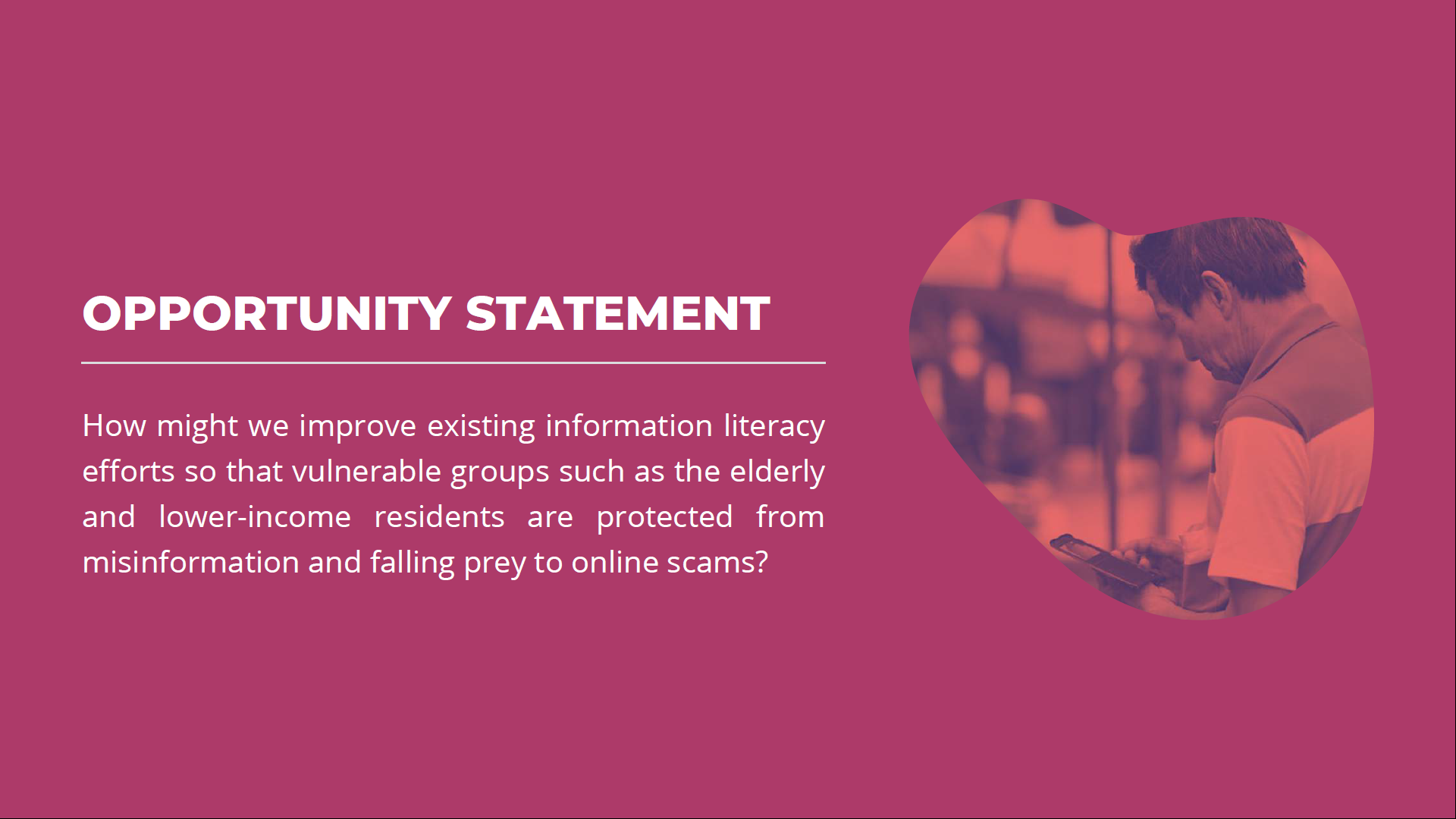
For a more detailed summary of the findings we uncovered, please visit: https://agoodspace.org/wp-content/uploads/2022/07/DIL3W1_Key-Insights.pdf
Dr Carol Soon also gave a short presentation to give some context on digital inclusion. She cited the UK Government’s digital inclusion strategy (2014) and gave a suggested understanding of Digital Inclusion as: “The empowerment of individuals and societies to effectively use information and communication technologies (ICT), enabling them to contribute to and benefit from today’s digitalised economies and societies”
Key insights from multi-sector group discussion #1
After the context setting, participants were allocated into different groups comprising of multi-sector stakeholders and asked to discuss three questions:
- What are two things that resonate with me when I hear the data presented?
- What is one perspective I think is missing?
- Do I think the Opportunity Statements proposed needs to be refined?
Many interesting insights emerged from this discussion, mainly:
• Conducive environments outside rental flats such as public libraries exist but are low-income families using these spaces? Perhaps there is value in understanding if the issue is a lack of spaces or lack of usage of existing spaces
• Some children who received devices from their schools have certain applications blocked, which prevents them from exploring the digital space fully and discovering how they’d like to use it. For example, playing games can be an important component to get children interested in digital skills.
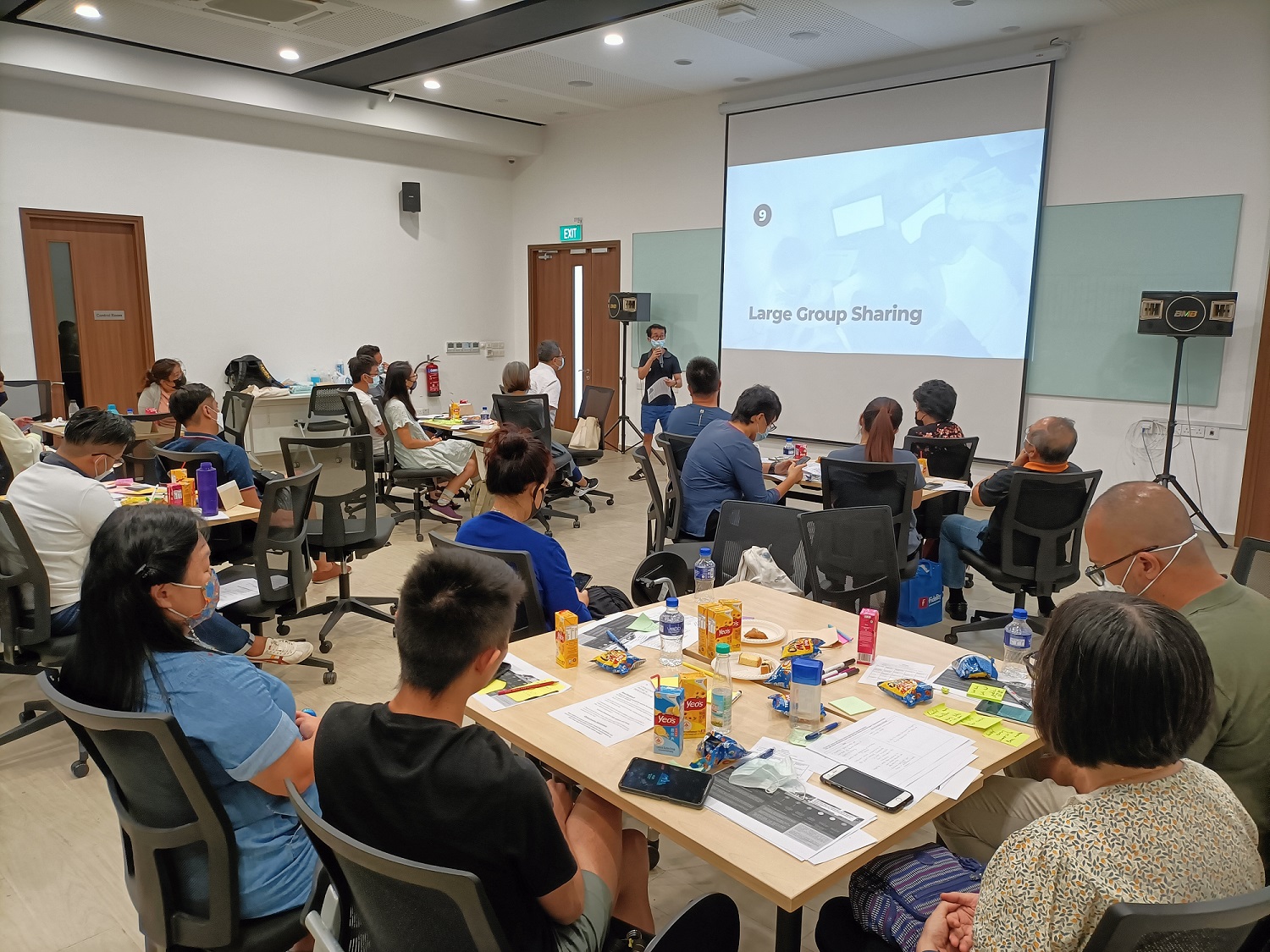
• Instead of assuming that people from low-income communities want to learn digital skills to access better paying online work and personal growth opportunities, perhaps we should broaden the Opportunity Statement to “enjoy a better quality of life”, which is much broader and enables people to define what success in acquiring digital skills means for them.
• Besides just focusing on information literacy for online scams, it might be valuable to look into the psyche of people who have fallen victim to scams. Misinformation is just one reason why people fall prey to scams. There could be other psychological factors like greed and loneliness and these are important to understand and address too.
Key insights from multi-sector group discussion #2
Afterwards, each member of the groups were asked to brainstorm 2 ideas to respond to their respective Opportunity Statements. The group leader then facilitated a discussion to identify the 2 ideas that stood out most for members of the group. Here were some of the key ideas that were raised for each category:
Challenges with physical infrastructure
Idea 1: Conduct more fact finding on the needs of low-income families when it comes to physical infrastructure. Suggest that we create modular spaces in void decks where people can study and work in private, similar to a telephone booth or those working booths in shopping centres.
Idea 2: Do some research on why people are not taking up broadband and the various subsidies and schemes?
Idea 3: Could businesses or co-working spaces open their offices and spaces that are closed on weekends for usage by low-income families? (perhaps even extending into purchase flats opening up their spaces for children to come study -> just like how Singaporeans open up their homes to migrant workers for special occasions)
Idea 4: Engage National Library Board to reach out to rental flat residents to share resources available on digital literacy

Challenges with Digital Literacy
Idea 5: Hire rental flat residents to give training on digital production skills to their fellow residents (similar to a train the trainer program)
Idea 6: Incentivize companies to give traineeships and internships to members of low-income communities (programs similar to the SG United Traineeship)
Idea 7: For people seeking to learn digital skills for employment – use gamification to create a reward cycle (e.g. a coding course can be broken down into different modules, with the student receiving a reward when they complete each module). SSOs can also give financial incentives based on the completion of these courses.
Idea 8: Funded programs for kids (12 – 17 years old) to develop their interest in coding, focused on deepening their interest in digital production skills.
Difficulties navigating online spaces safely
Idea 9: Engage people at key touch points of low-income communities (e.g. provision shop owners, coffeeshop hawkers) so that seniors in their neighbourhood can go to them to check if something is a scam. We can give a certificate to recognize these people if they successfully prevent a scam and these certificates can be displayed at their coffeeshops and provision shops.
Idea 10: Human 2FA – people who feel they may be more vulnerable to scams can be prevented from making transactions alone. They can opt into a kind of 2FA system where they must seek someone else’s opinion before they can make a transaction.
Idea 11: Perform research to learn how much low-income residents understand the various messages against scams that are being put out.
Idea 12: Hire community ambassadors in the neighbourhood who can be tapped on to be the first line of support for residents to check if something is a scam.
After the ideas were shared, Ms Wong Shiow Pyng, Director of Digital Inclusion Division at the Infocomm Media Development Authority (IMDA) shared about IMDA’s Digital for Life Movement and its various programs
What’s next?
In our next workshop on 20th August, we’ll refine these ideas that were generated and start to form work-groups to act on these ideas. If this sounds like something you want to be a part of, we’d love to have you on board!
Do reach out to us via email at livinglabs@agoodspace.org and we will get in touch with you!
